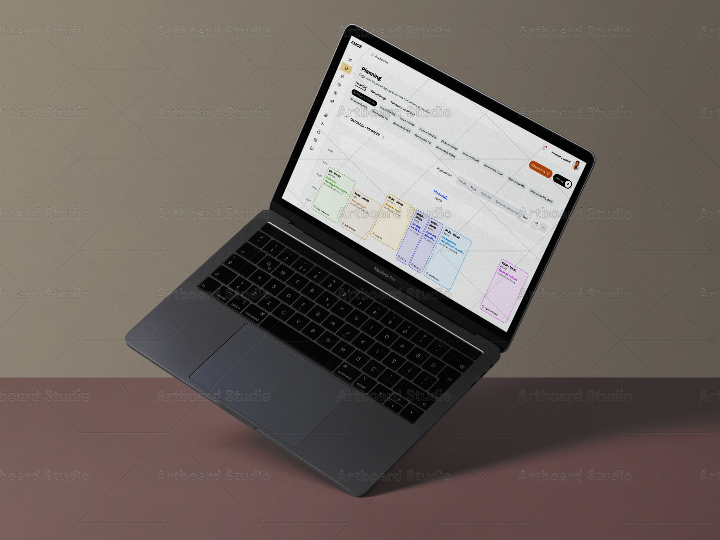We then focused on the UX process, defining personas, empathy maps, mind maps and tree structures. We were able to achieve this thanks to all the work we'd done and the data we'd collected upstream.
We also held workshops in physics to fine-tune and clarify story mappings. We therefore prepared these in advance of the workshop. We also made 4 stacks of profiles corresponding to our 4 personas. The idea was to get the project's stakeholders involved, as well as real trainers, educational managers and educational engineers, to get their feedback and ideas. So they were able to analyze the story mappings, suggest changes and explain their points of view. This was very enriching for us, as we were able to get even closer to the vision of future users, and to immerse ourselves in their jargon and primary needs.










